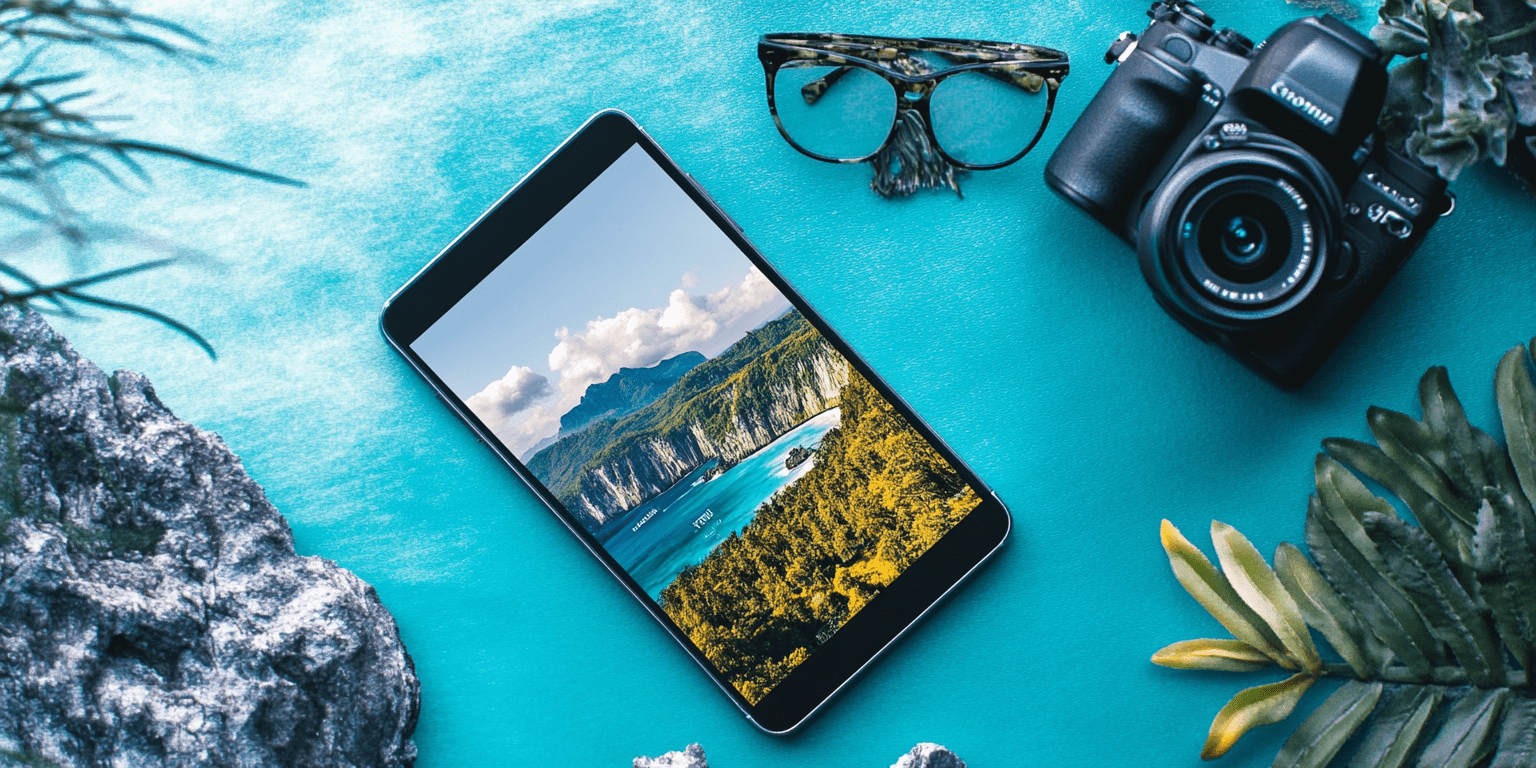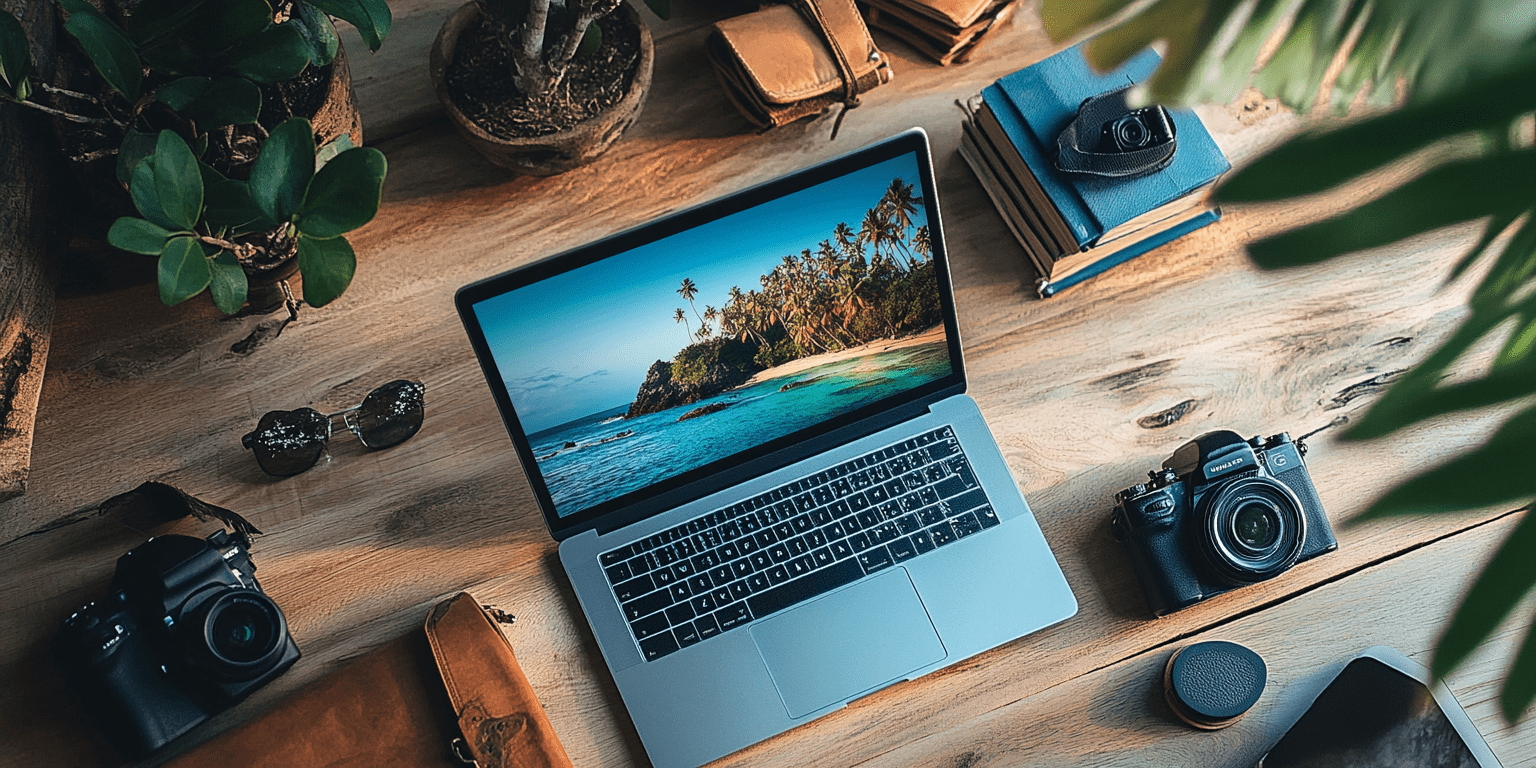In a highly competitive environment, it is no longer enough for a photographer to simply take beautiful pictures and improve professional skills. Successful growth also requires the ability to properly present one’s work and build trust among potential clients. At the initial stage, social media with story posts can help, but their capabilities are significantly limited and do not offer full control over presentation. In this context, creating a personal website becomes the optimal solution for those who seek a stable online presence and direct contact with their audience. Such a resource opens up numerous opportunities for the owner, working both to attract clients and promote the photographer’s services, as well as to shape their professional image. However, this raises the question – how to order website development for a photographer, what to expect in the process, and which aspects require attention first. Let’s explore all of this in more detail.

Why a photographer needs a personal website
The decision to create a portfolio site, landing page or order a custom website design tailored to one’s personal style and professional focus is an obvious step for most modern photographers. Having such a site brings several undeniable advantages, among which the following are particularly important:
- Increase in the number of inquiries. A personal website provides clients with clear and easy access to services, significantly increasing the volume of requests without unnecessary barriers or external limitations.
- Higher pricing for photoshoots. A well-structured portfolio, high-quality visuals, and properly emphasized professional strengths allow the photographer to justifiably raise rates.
- Faster booking process. Intuitive navigation and convenient booking forms shorten the path from initial interest to confirmed order, increasing conversion rates among engaged visitors.
- Convenient control over the portfolio. The photographer independently decides which works deserve attention, in what order they should be displayed, and how to best emphasize their personal style.
- Building client trust. The status of having a personal website strengthens the photographer’s reputation, highlighting their professionalism, openness, and readiness for serious collaboration.
Structure and essential sections of a presentation site
A well-thought-out structure creates a complete impression of the photographer, gradually immersing the visitor in the essence of their work. It starts with an introductory section that briefly outlines the specialization, visual style, and creative focus.

The journey continues with thematic sections that categorize types of photography by genre, helping visitors quickly navigate the offering.
- Portfolio. A section that presents photography in different genres, showcasing the photographer’s creative approach, the quality of each shot, and clear descriptions of completed projects.
- Service packages. A section where collaboration options are clearly described with various terms, allowing potential clients to quickly understand available formats and choose the most suitable one.
- Photoshoot pricing. Information that helps users become familiar with base service rates in advance, forming realistic expectations and helping them plan their budget.
- Client reviews. A section with real stories of cooperation that builds trust in the photographer and confirms their professionalism and responsible approach to each project.
- FAQ. A section that helps clients better understand key organizational aspects of photoshoots, resolving common concerns and simplifying initial coordination.
- Blog. A section for publishing news, creative stories, and extended showcases of original work with interesting locations, which strengthens engagement with the audience.
- Contact form. A tool for quickly submitting a shoot request, initiating contact with the photographer, and aligning key cooperation details.
How a photographer should prepare for website development
Before hiring SEO professionals, it is important to clearly define the key elements that will shape the website’s structure and content. To do this, you should:
| Define photography genres. | The site should clearly reflect the genres and types of photography, such as portrait, wedding, or reportage, that best represent the photographer’s specialization and overall concept. |
| Select content. | To properly fill the site, gather a selection of photos, written materials, and project examples that best demonstrate your working style and professional level. |
| Plan the structure. | Think through how materials will be distributed across the main sections to ensure a logical and easy-to-follow flow of information. |
| Define the visual style. | An agreed color scheme, visual tone, and design accents should support the overall concept of the site – whether it’s a creative or more corporate style. |
| Clarify technical details. | Domain name, hosting preferences, and key functional requirements must also be specified and implemented by the studio during development. |
How we approach project creation – work stages
When creating a website for a small business, our team takes a comprehensive approach to every stage of the project, following this step-by-step process:
- Cooperation planning. Materials received from the client are reviewed, supplemented if needed, and used as the basis for a working plan that guides the entire process.
- Custom design development. A unique visual concept is created, tailored to the photographer’s style, audience specifics, and content presentation requirements.
- Functionality implementation. Technical features are developed – including content management systems, filters, galleries, sliders, and other tools for effective material presentation in a convenient format.
- Testing and optimization. We check the performance of all components, assess mobile responsiveness, and adjust site speed across different devices.
- Launch and access handover. The finished site is hosted on the selected server, and the client receives admin access along with instructions for managing the content.
- Support and maintenance. After launch, the site is kept up to date, regularly maintained, and monitored to ensure stable performance throughout its lifecycle.

How much does a website cost and what influences the price
The cost of development depends on several factors, including the complexity of functionality, number of integrations, and degree of design customization. If the project requires non-standard galleries, extended booking forms, or external service integrations, the price increases. This is especially true for turnkey websites that involve technical development, analytics, user scenario planning, and initial optimization for future promotion.
Final pricing is also affected by the number of pages, level of adaptation for different devices, requirements for load speed, and technical security. Additional expenses may occur if licensed plugins, paid services, or custom modules are needed to extend basic functionality. We take all these factors into account from the very beginning, and strictly adhere to the agreed budget throughout the process.
Interested in our offer? Would you like to get additional answers and discuss the future site’s structure while clarifying all key aspects right away? We’re ready. Our professional web studio approaches every project comprehensively, always keeping to the agreed terms and delivering exactly the results our clients expect. Reach out and submit your request today – the QuatroIT team will make your project a success!











